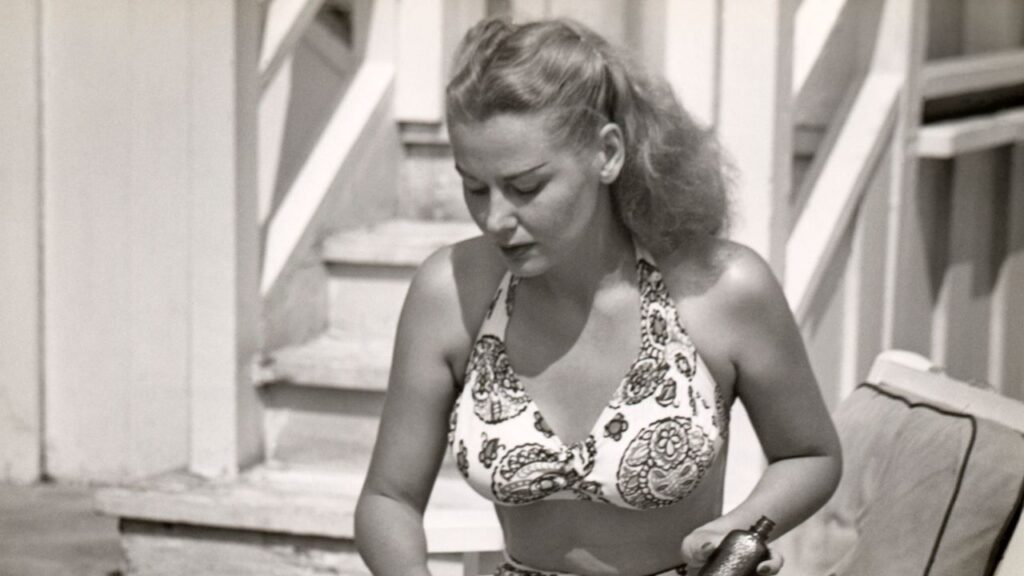We all understand the fundamental guidelines of sunscreen use: apply broad-spectrum SPF 30 daily and reapply every two hours. However, one critical aspect that often flies under the radar is the expiration date label on sunscreen bottles. Many people are reluctant to discard products that appear fine, largely due to the desire to minimize waste. Yet, the efficacy of sunscreen, just like any skincare product, diminishes after its expiration date, which can have repercussions for your skin. In this discussion, we delve into the significance of paying attention to expiration dates and explore ways to maximize your sunscreen’s potency before it’s time for disposal.
The straightforward truth is that sunscreen does expire. As pointed out by Krupa Koestline, a cosmetics chemist, sunscreens are classified as over-the-counter drugs, necessitating compliance with stringent testing guidelines. This requirement is why all sunscreens must bear expiration dates before being sold. If a product lacks a listed expiration date, the manufacturer must substantiate that it remains stable for a minimum of three years. Consequently, if you’ve owned a sunscreen for three years after purchasing it, it’s time to toss it, as its effectiveness is no longer guaranteed.
Different formulations impact the shelf-life of sunscreen. Dermatologist Hadley King explains that physical, or mineral, sunscreens—containing ingredients like zinc oxide or titanium dioxide—tend to be more stable than chemical sunscreens. This stability means they can maintain their effectiveness longer because their molecules do not undergo structural changes when exposed to light. In contrast, chemical sunscreens, which contain more unstable ingredients, are prone to oxidation and degrade faster. Generally, both types of sunscreen can have a shelf life of two to three years if they remain unopened and are stored properly away from heat and sunlight.
In terms of spray versus lotion formulations, the differences in shelf-life are minimal. Both types tend to expire in a similar time frame. However, powdered sunscreens, which are mineral-based, may last longer than their liquid counterparts, given their more stable ingredient composition. Notably, many sunscreens will also indicate a “period after opening” on the packaging, denoting how many months the product remains effective after being opened, which could range from six to twelve months.
While some may wonder if expired sunscreen still provides protection, the reality is that there is no guarantee. As Ron Robinson notes, sunscreen stored properly might still offer some degree of protection in the absence of visible signs of degradation. Nevertheless, it remains wise to prioritize products within their expiration dates. The downside to using expired sunscreen is significant, as it may fail to protect your skin from damaging UV rays effectively. This shortfall not only increases the risk of sunburn but also raises long-term concerns such as premature aging and skin cancer.
In conclusion, understanding the importance of sunscreen expiration dates is vital for maintaining the health of your skin. The consequences of neglecting these dates can be severe, making it imperative to adopt best practices for sun protection. Always opt for fresh, unexpired products to safeguard against harmful UV exposure. With proper sunscreen usage, including diligent reapplication every two hours, you can enjoy the sun’s warmth safely. Ultimately, prioritizing sunscreen efficacy is a key component in your overall skincare routine, ensuring your skin remains protected and youthful for many summers to come.


